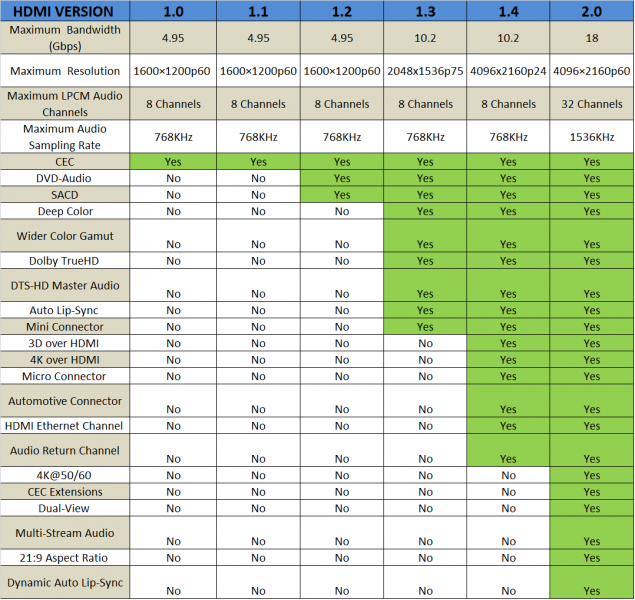Chargers and Power Banks
Headphone & Speakers
Cases & Covers
Virtual Reality
Cables & Adapters
Media Player
Laptop
Tablet
Desktop
Cell Phone
Printers & Copiers
Memory Cards
TV
Computer Display
Game Console
Smart Home
Wearable Technology
Photo & Video Camera
Car Electronics
Car
Networking Equipment
Smart Toys
Home Audio & Video
Professional & Industrial
Storage Drive
Docking Station
Game Console Controllers
Set-top box
Keyboard, Mice, & Stylus
Portable Music Player
Computer Parts & Components
Cordless & Speakerphones
Projector
Software
Reporting
4ft (1.2m) HDMI Cable Extender
by Insignia



Interested in this product?
HDMI
The HDMI (High-Definition Multimedia Interface) technology replaces the analog video standards with digital AV data transfer. It enables you to display audio/video content from a HDMI based source on to a compatible digital device like a monitor or an audio device.
Founded by Hitachi, Panasonic, Philips, Silicon Image, Sony, Thomson, RCA and Toshiba, the HDMI system is basically made up of Sources, Sinks, Repeaters and Cable Assemblies. HDMI uses the DVI-to-HDMI adapter with a smaller connector that makes the older DVI-HDTV adapter redundant. This AV connector is also backward-compatible with DVI without any loss of video quality.
Compared to DisplayPort, HDMI is more widely adopted by the consumer electronic and communication industry. Most display devices like TVs and monitors are equipped with HDMI ports.
What are the different versions of HDMI?
From Version 1.0 to 2.0, HDMI has gone through several versions in between. While changes were made to its features, its cable or connectors remain the same.
The table summarizes the differences in features for each version.

The HDMI 1.4b standard can support 4K resolution, but only at 24 or 30 frames per second. That works fine for movies, but is still not up to par for gaming or TV broadcasts, which require 50 or 60 fps. And so began the development of HDMI 2.0.
HDMI 2.0a, which is the latest version added support for High Dynamic Range or HDR video. It vastly improves picture quality by enabling greater image details.
With USB Type-C fast becoming the choice of industry standards, HDMI LLC is releasing the HDMI Alternate Mode or “Alt Mode” which complies to the USB Type-C™ Specification. This enables HDMI based source devices to connect directly to HDMI enabled displays using a USB Type-C connector. HDMI Alt Mode will still support the full range of HDMI 1.4b features such as 4K resolutions, Audio Return Channel (ARC), 3D, HDMI Ethernet Channel and Consumer Electronic Control (CEC).
Future developments may see HDMI 2.0 deliver 120-frame 4K content or 2160p120 but this requires major bandwidth and technical expansions in HDMI as of now.
View Full Article
Featured Products
 GTrusted
GTrusted




























